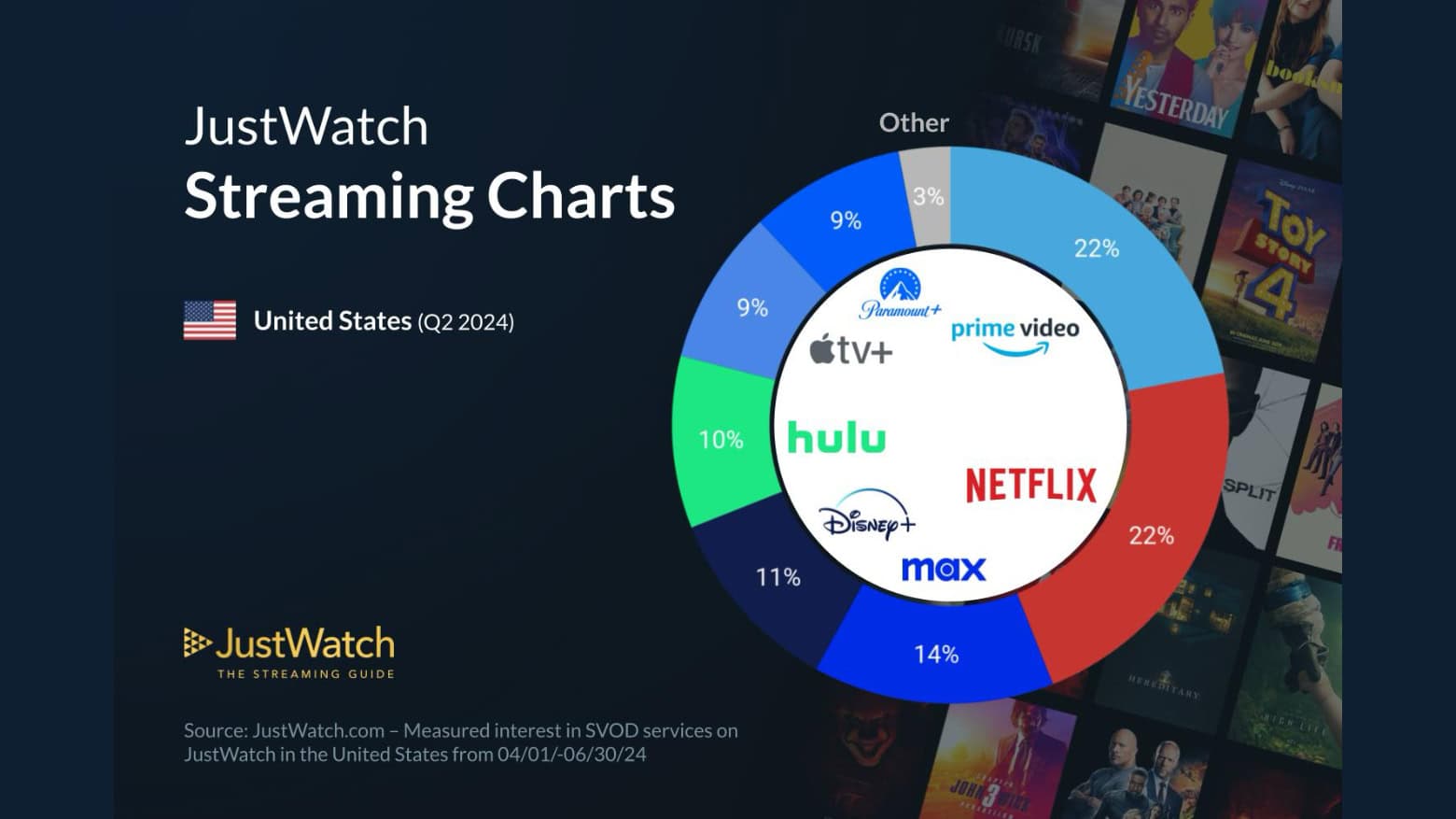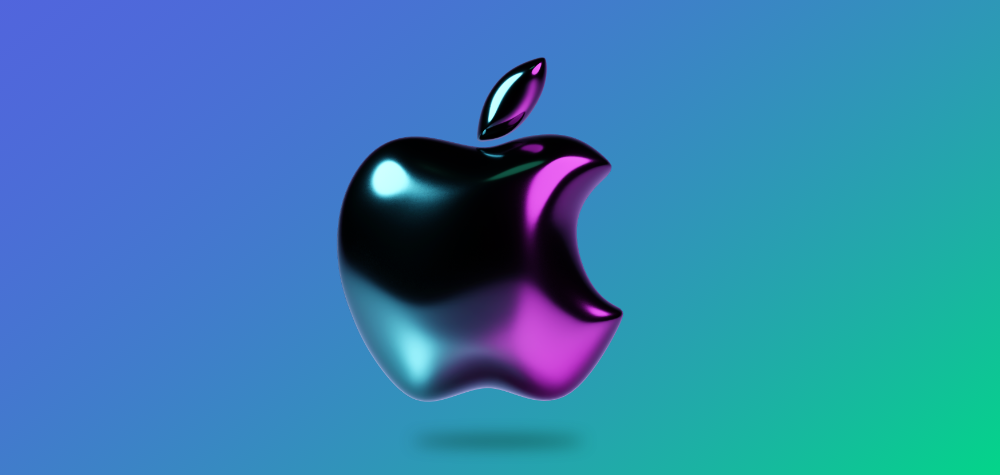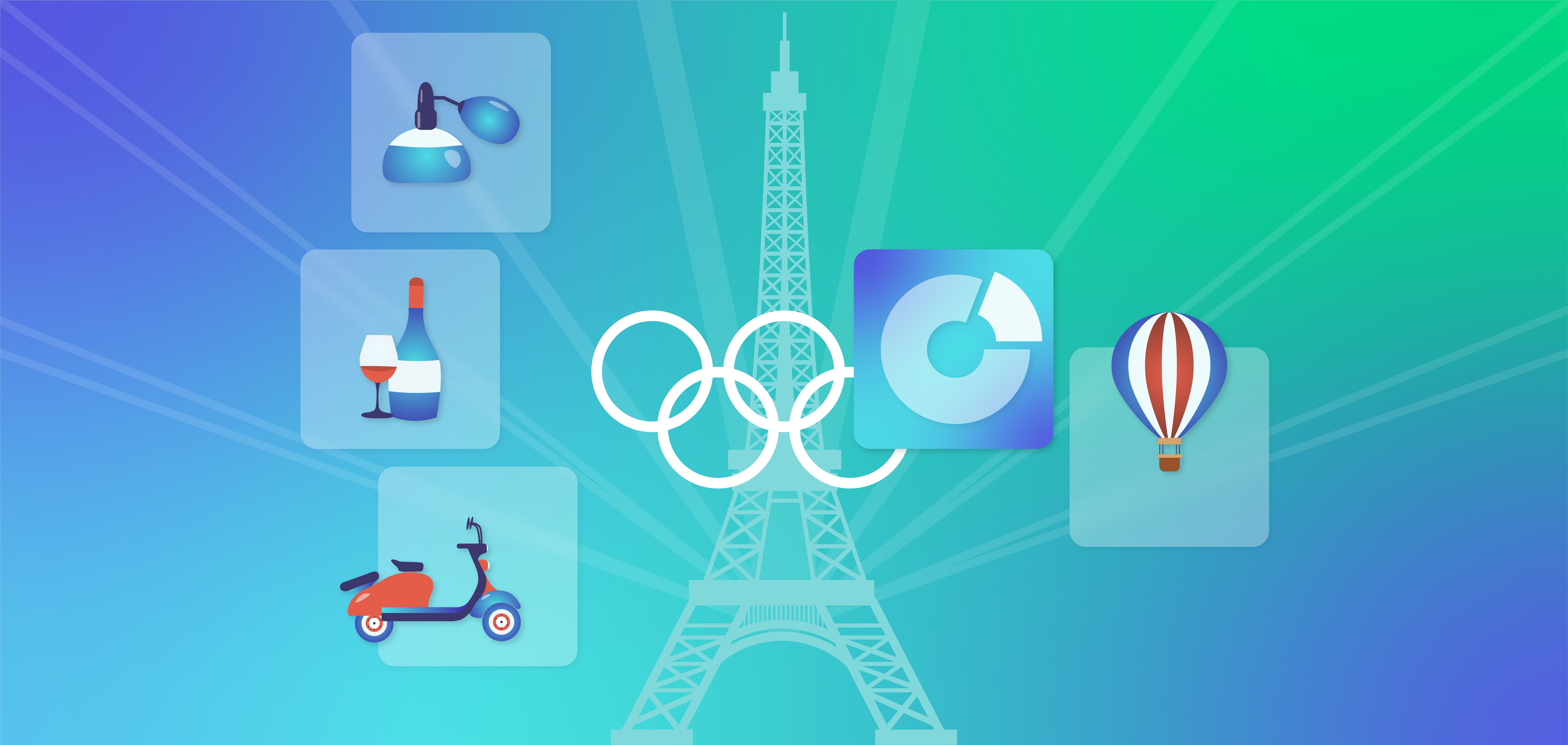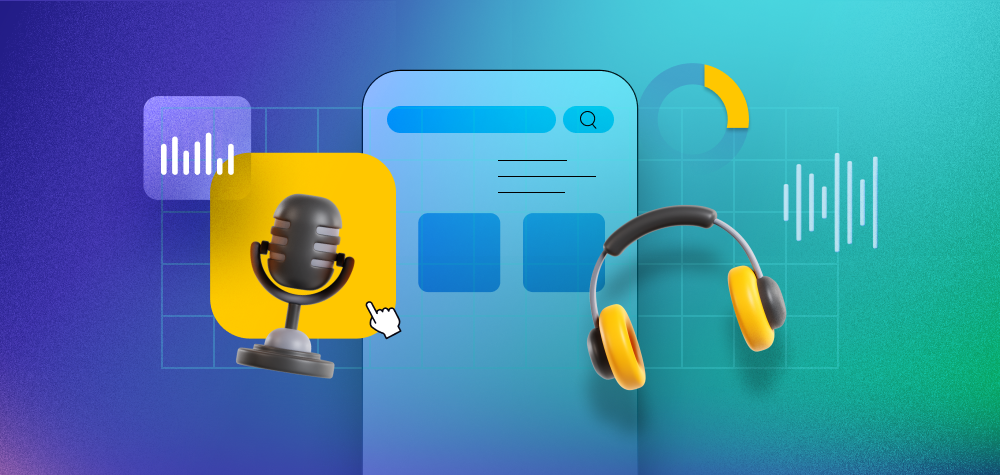It’s hard to imagine a world without Apple.
The iPhone, MacBook, iPad, iTunes and Apple TV+. These are not just things that people use – they are a way of life, and the Apple brand is an iconic part of our culture.
The legend that is Apple, began nearly 50 years ago, when the company was first established in 1976 by Steve Jobs, Steve Wozniak and Ronald Wayne. In the years since, it has grown to become the most valuable brand in the world. In 2024, Apple’s brand value reached an estimated $517 billion, outpacing Microsoft, Google, Amazon, Samsung, and other household names, according to Brand Finance.
There’s a clear reason why. Over the past decade, Apple’s annual revenue has more than doubled. In 2024, the company generated more than $380 billion in revenue per year—or more than $1 billion in sales per day.
Apple products, ranked by share of revenue, include:
- iPhone (46% of revenue)
- Services (28% of revenue)
- Wearables, Home, and Accessories (9% of revenue)
- iPad (8% of revenue)
- Mac (8% of revenue)
Apple products cover the gamut of consumer electronics, including the iPhone, iPad, Mac desktop computer, and wearable tech, such as the Apple Watch, AirPods, and Apple Vision Pro. It also includes smart home products and service products like iTunes, App Store, Apple TV+ and iCloud. There is no part of daily living in which Apple products don’t play a part.
The iPhone remains the company’s flagship product. Originally released in 2007, iPhone sales account for around 46% of Apple’s total sales in 2024.
Apple is not just a tech icon but a brand icon too. How did the company succeed in turning the word “apple’ into something else entirely? And what does the Apple target market really look like? Let’s dive in.
Who is Apple’s Target Market?
The Apple target market includes mainly younger to middle aged consumers, and the brand is more popular among women than men. Although the Apple customer base is stronger in North America, Apple is popular throughout the world. The typical Apple customer profile is of middle- to high economic status, enjoys the small luxuries in life, and appreciates technology and design.
The Apple target audience varies depending on the particular product; for example, the iPhone target market is different from the MacBook or Apple TV+ audiences. Read on for a deeper Apple customer analysis of the different market segments.
Apple Target Market Segmentation
A thorough Apple market segmentation takes on four perspectives: Apple demographics, geographic, behavioral and psychographic segmentation. Let’s explore each in turn:
Apple Demographic Segmentation
Apple customer demographics include people aged 18 to 45. The Apple target audience skews strongly female, with around 66% female to 34% male customers.
The iPhone is especially strong with teens—in a 2023 survey of a little over 9,000 American teenagers, nearly 9 out of 10 own an iPhone today, according to analysts at Piper Sandler.

Source – Flurry
According to a 2018 survey, the average income of Apple iPhone users stood at $53,251, compared to $37,040 for Android users. The Apple audience is more likely to enjoy shopping and spending on higher-end products.
Apple Geographic Segmentation
Apple market share is largest in the Americas, bringing in $37.6 billion in net sales in Q3 2024. In the U.S., Apple is by far the strongest player in market share among smartphone brands. Among MacBook users in the U.S., more than half are from rural regions and towns.
Although not as big as America, Europe and Greater China are also important Apple target markets. Sales in Europe reached $21.8 billion in Q3 2024, followed by Greater China ($14.7 billion), Japan ($5 billion) and the rest of the Asia-Pacific region ($6.4 billion).
Apple Behavioral Segmentation
The Apple customer base has a strong preference for the iPhone, with an estimated 85% of iPhone sales coming from existing iPhone customers who are upgrading to the latest model, according to a 2024 analysis by Consumer Intelligence Research Partners.
Data suggests that the iPhone’s meteoric rise has largely stabilized, into a mature product bringing in around $200 billion per year in revenue. Between 2022 and 2023, sales of the iPhone dipped by 2%, from $205.5 billion, to $200 billion, Apple said in its 2023 annual report.
An Apple customer analysis also shows strong loyalty to the brand’s App Store. In 2023, people spent an estimated $89.3 billion on app subscriptions and in-app purchases. Of the roughly 2 million apps currently available on the App Store, a little over 95% are free to download, according to 42 Matters.
Games are the most popular type of app for iOS users—with some 235,000 gaming apps currently available, roughly 11.6% of all apps. Business-related apps are a close second, making up around 10.5% of iOS apps.
Apple Psychographic Segmentation
Apple customers are generally financially stable and are not high risk takers. They enjoy the comfort of the Apple brand and the quality and security it represents. 20% of owners of both an iPhone and iPad say that “switching ecosystems would be harder than switching banks.”
An Apple customer profile demonstrates characteristics as an ’aspirer,’ ‘succeeder,’ or ‘explorer.’ Thanks to their higher income status, they can afford and enjoy the luxuries of life. Apple users spend $117 a month on average on clothing and $83 on makeup, compared to $62 and $40 respectively for Android users.
Who are Apple competitors?
Apple offers a wide range of consumer tech products and services, so Apple competitors differ somewhat depending on the category. In the smartphone category, the main competition is Apple vs Samsung.
In Q2 of 2024, Samsung had the highest global smartphone market share, selling an estimated 18.9% of all smartphones that quarter. iPhone ranked second, selling 15.8% of all smartphones, analysts estimate. Other iPhone competitors include Xiaomi and OPPO.

Source – Statista
Apple Watch continues to dominate in the smartwatch market, owning some 18.2% of the market in Q1 2024, according to analysts at IDC. Xiaomi ranked second, with 10.5% market share that quarter.
Research and development is a key differentiator for competing tech brands, enabling the development of better products to attract market share. In 2023, Apple spent $29.9 billion on research and development, roughly 14% higher than the company’s R&D expenditures the previous year. By comparison, Samsung spent around $20.6 billion on R&D in 2023.
Apple doesn’t dominate every market it enters. The company has spent more than $20 billion to produce original programming for its streaming service Apple TV+, according to 2024 reporting from Bloomberg. Still, the service is middle-of-the-pack for viewership, pulling dramatically fewer streaming hours per user, per month than its larger competitors.
A rare bright spot for Apple TV+ programming has been the wholesome, fish-out-of-water comedy Ted Lasso, which analysts at Nielsen estimate was 2023’s most-streamed original series of the year. Notably, Apple appears nowhere else on Nielsen’s list of top original or acquired streaming shows—lists that are largely dominated by Netflix.
Although Apple competes for the Netflix target market, it does not yet come close in terms of market share.
Netflix and Amazon Prime Video each own 22% of the streaming TV market, followed by Max, which owns 14%, according to a Q2 2024 analysis by JustWatch. Apple TV+, by comparison, owns just 9% of the streaming TV market.

Although Apple outperforms Google in terms of brand value, it can’t compete with Google in the mobile browser category. Apple Safari holds a market share of 23% in 2024, compared to Chrome, which owns more than 66% of the market.
What is Apple Marketing Strategy?
At the heart of the Apple marketing strategy is the product. Apple is an extremely product-focused company, with a unique blend of functionality, innovation and aesthetic minimalist design that has become its signature brand identity.
The company periodically announces product releases and upgrades at its famous events, creating an incredible buzz and anticipation around the brand. This is evident even as far back as 1984, when Apple released its Macintosh PC to the market with this iconic and unforgettable ad:
Apple’s powerful messaging – symbolized in the slogan “Think different” – crystallized around the legend of founder Steve Jobs. Apple is not just creating products; it is forging a lifestyle, which breeds a particularly strong sense of brand loyalty among Apple devotees.
It is not known how much is spent on Apple advertising strategy, as the company does not disclose the figures. However, the last time the advertising budget was made known, in 2015, the figure was $1.8 billion, 50% higher than the previous year.
According to Semrush, Apple spent nearly $65 million on paid search ads in 2020, making it the top 12th company in the world for paid ad spending, after Walmart and Nike in 10th and 11th place.

Video appears to be the favored Apple branding strategy, with desktop video making up the largest share (60%) of total video spending. Mobile video spend comes next at 21% share, and desktop display at 9%.
Part of the Apple marketing strategy involves expanding the target market with new product innovations. With the success of the Apple Watch, the company is now moving into the wearable health tech segment with the release of an ECG monitor that is FDA approved and built into the watch. This new product is clearly targeting an Apple market segmentation that is older than the average Apple customer profile of younger millennials.
As a global brand, Apple’s extensive marketing activity is localized for different markets, and its commercials feature highly targeted messaging for the particular Apple audience. Take a look at another “Behind the Mac” ad, this time focusing on the nuances of the Australian market:
True to its brand identity as an innovator and game changer, the Apple iTunes store launched nothing less than a revolution in the music industry and the ways that people enjoy music. For the first time, Apple enabled the public to access any music they want at their fingertips, with personalized playlists and recommendations to enrich the experience. This was more than just the product quality of the iPod; it was a new approach to music consumption.
Customer experience is a very high priority for Apple’s branding strategy. Thanks to the Apple store experiences and high level of customer service, both instore and online, the company succeeds in enhancing loyalty and keeping customers for life.
The focus on quality extends to Apple TV+, Apple’s latest venture. Rather than trying to compete in terms of the quantity of content it provides, Apple is strategizing its resources for the creation of high quality content. In fact, Apple was the first streaming service to receive an Oscar, winning the coveted statue for the movie Coda. According to Variety, the Oscar win helped to boost viewer numbers of Apple TV+ by 25%. With a continued emphasis on quality, Apple TV+ may be able to compete in the long term and succeed as it has with the iPhone and Apple Watch.
Understanding who is Apple’s target market is the best way to uncover the secrets of the brand’s success. Want to access insights like these for your target market? Visit the Consumer Insights and Audiences Hub and discover 500+ customer segments and locations to inform your campaign strategy. With the latest data in the Start.io mobile audience network, you can improve your targeting and get better results from your mobile campaigns.
Apple FAQs
What country buys the most Apple products?
The US is Apple’s largest market. Around 40% of Apple’s total net sales are from the US. In 2021, the US state with the most Apple stores was by far California, with 54 stores. New York trailed in second place with 23 stores, followed by Florida with 18.
Why do people buy Apple products?
For several decades, Apple has positioned itself as not just a product innovator, but a lifestyle. People buy Apple products because they are high quality and the most technologically advanced, and also because of the brand promise of clean aesthetic design, simplicity, functionality and the superior experience they offer.



